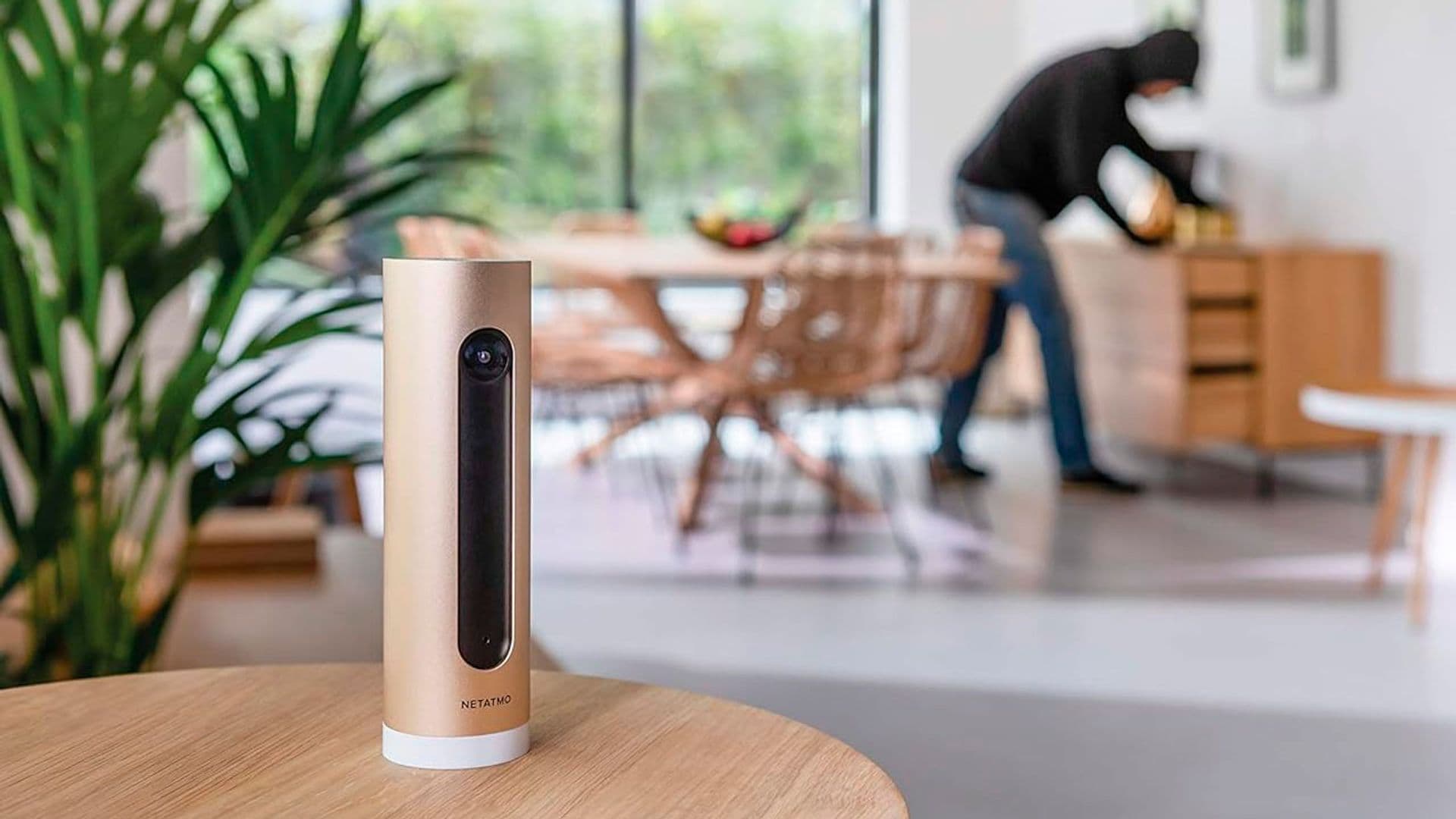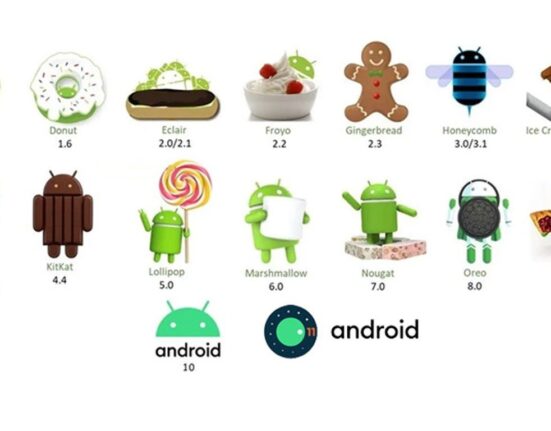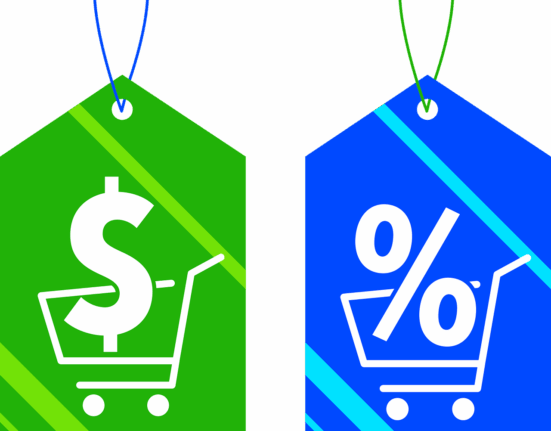In recent years, digital reading has transformed how we access books. It’s not just about e-readers anymore; tablets have become essential for those seeking a versatile reading experience combined with browsing and more. With increased importation and the rise of international purchasing platforms, accessing various technologies has become easier. Among the most sought-after products are e-readers—devices with electronic ink screens that mimic the feel of reading a physical book in digital format. Additionally, there are specialized reading tablets designed to offer visual comfort, portability, and extended battery life.
Imagine diving into a world where technology seamlessly blends with the charm of traditional books—a world where you can carry thousands of titles in a single device. This is the magic that devices like Kindle Paperwhite bring to readers’ lives. With improved contrast, dark mode for low-light environments, faster response times, and doubled storage capacity (up to 16 GB), this classic Amazon e-reader remains a favorite among readers who value simplicity and convenience.
As technology advances, tablets like the iPad Mini step up their game in providing an immersive reading experience. Featuring a vibrant 8.3-inch Liquid Retina display with LED backlighting and wide viewing angles thanks to IPS technology, it supports various book apps such as Apple Books and Kindle. While its battery life may not match that of an e-reader, its power and versatility make up for it.
When it comes to innovative advancements focusing on eye health and reading comfort, look no further than TCL Tab NXTPAPER 14. Boasting NXTPAPER 3.0 technology that mimics paper texture while reducing glare and blue light exposure, this tablet offers three distinct modes catering to different content types—making it a compelling choice for avid readers concerned about eye strain.
Kobo Libra 2 stands out for its ergonomic design optimized for personalized reading experiences with features like adjustable brightness on its 7-inch E Ink Carta 1200 screen. Its compatibility with multiple formats including EPUB and PDF sets it apart from other e-readers on the market—a perfect fit for users looking to expand their digital library beyond Amazon’s ecosystem.
For those craving a more interactive experience without compromising on readability, Kindle Scribe presents itself as an advanced option with note-taking capabilities using a digital pen on its larger screen size—an ideal choice for students or professionals seeking seamless integration between reading and annotations.
The Huawei MatePad 11s redefines tablet experiences by offering a paper-like reading environment through its innovative PaperMatte display technology—an anti-glare treatment that minimizes distractions while enhancing visual clarity during extended usage sessions. With high-resolution visuals optimized for various content types ranging from academic notes to digital comics, this tablet caters to users looking for both productivity tools and exceptional readability.
Choosing between tablets and e-readers boils down to personal preferences influenced by factors such as display quality, battery life, app compatibility, additional features like stylus support or blue light filters—all contributing elements when embarking on your digital reading journey.
In conclusion…Digital reading devices have come a long way since their inception—from basic e-readers to multifunctional tablets offering immersive experiences tailored to individual needs.









Leave feedback about this